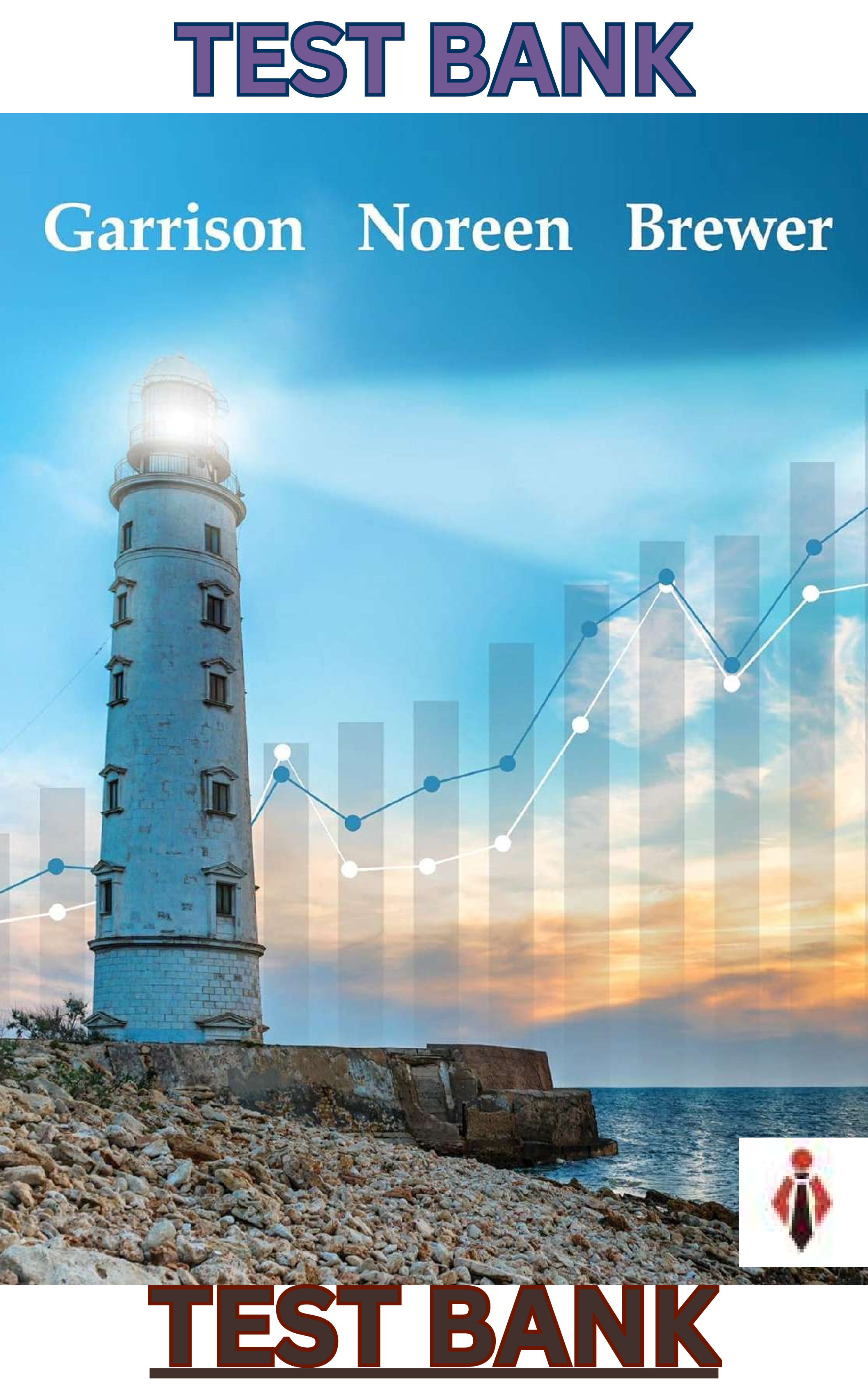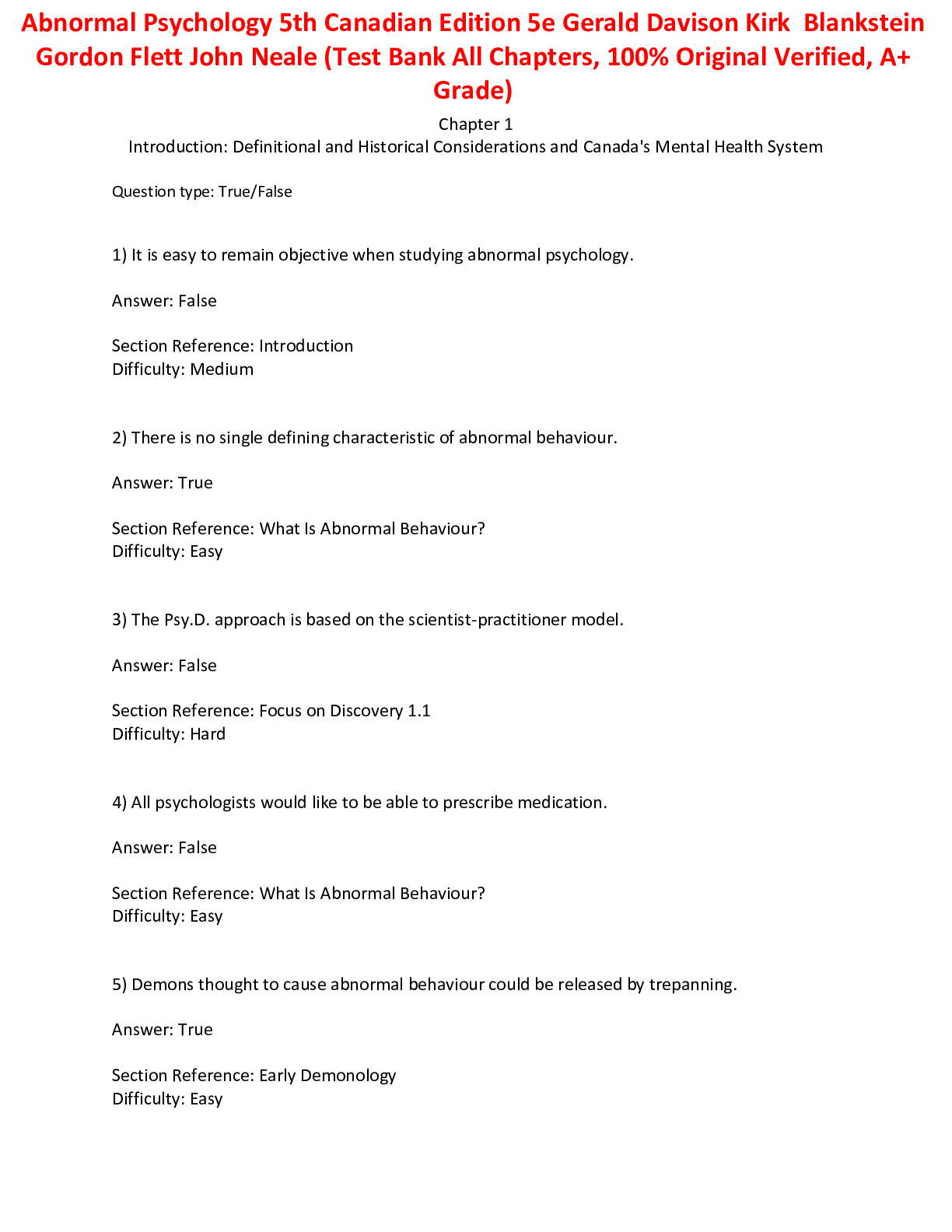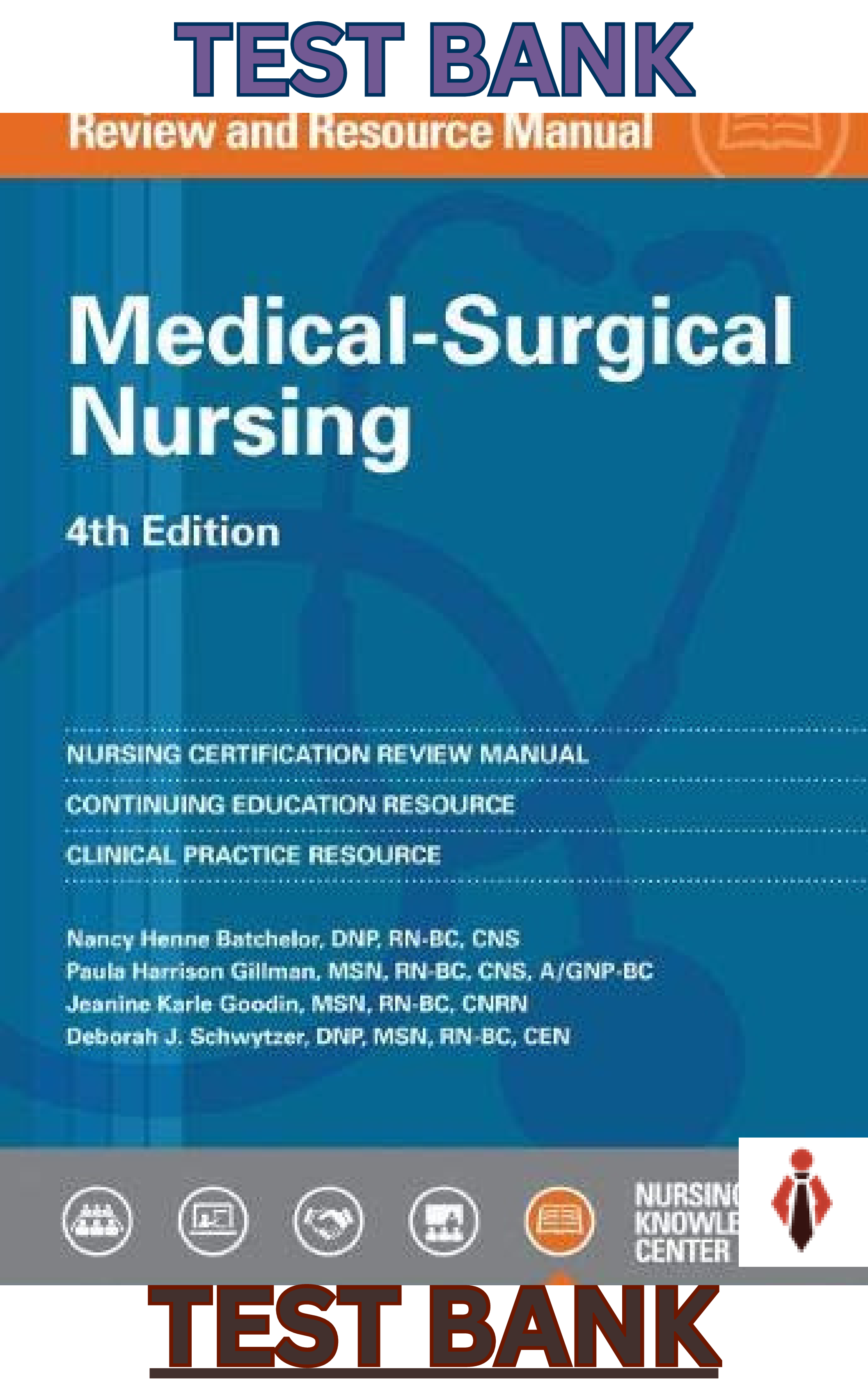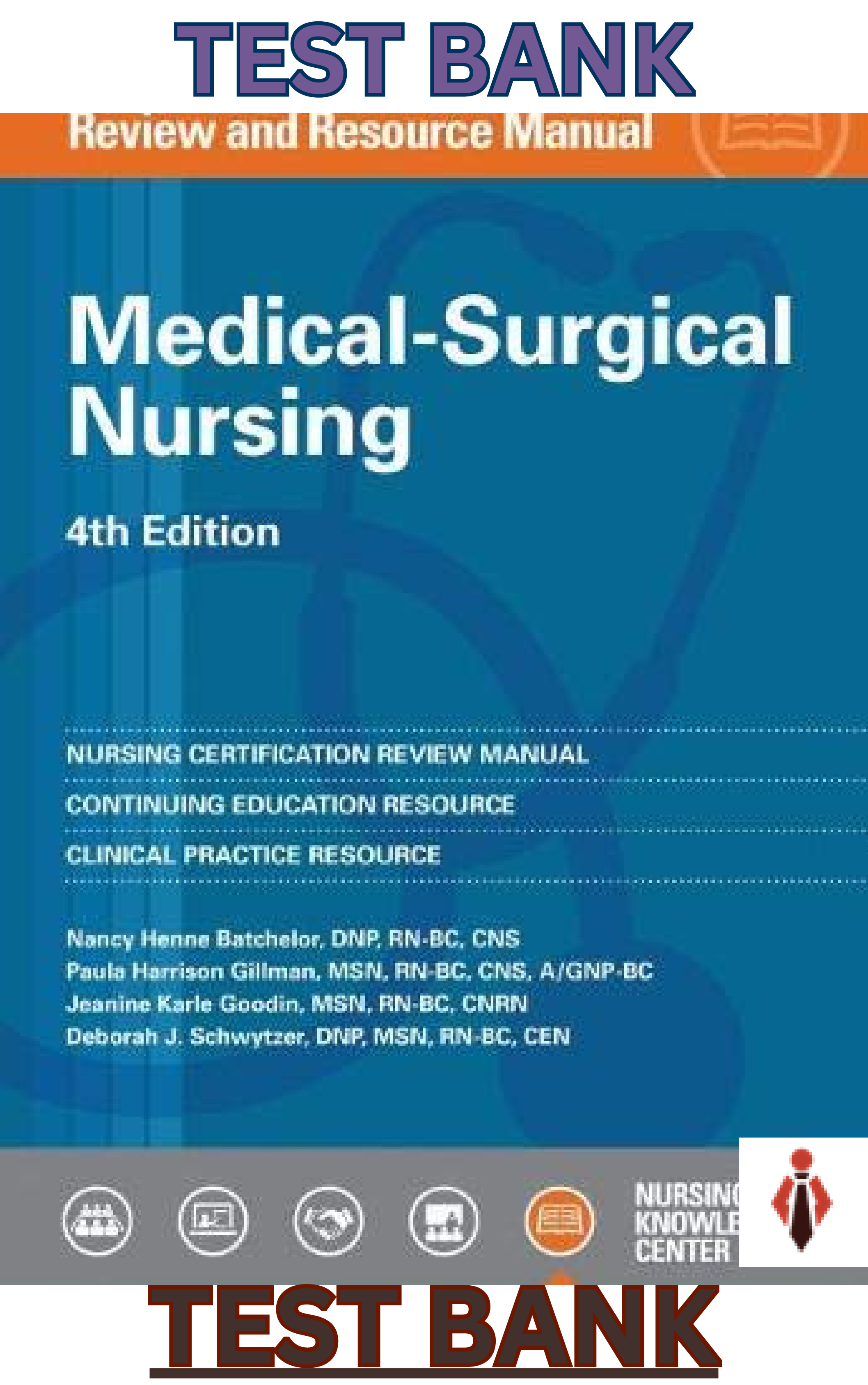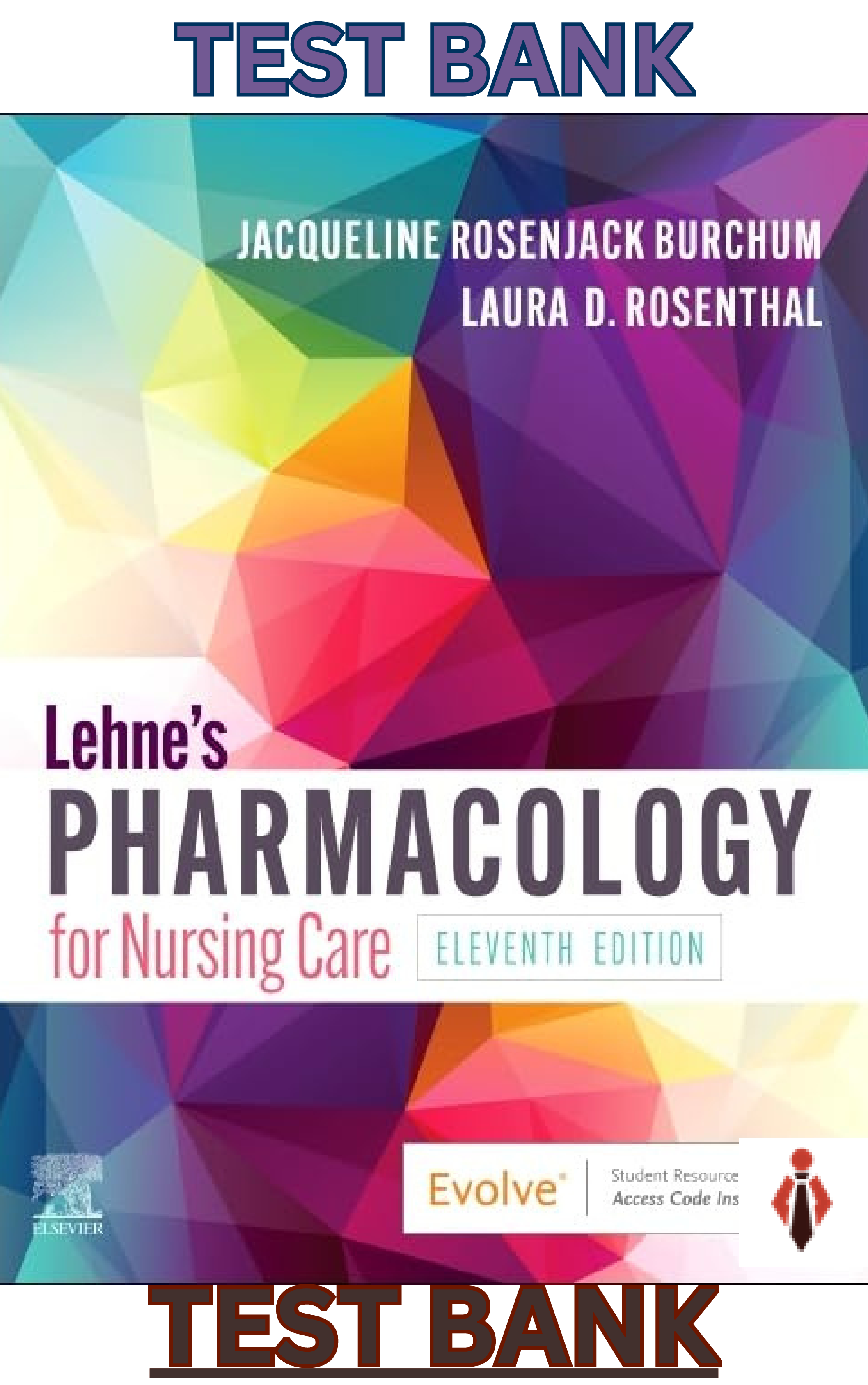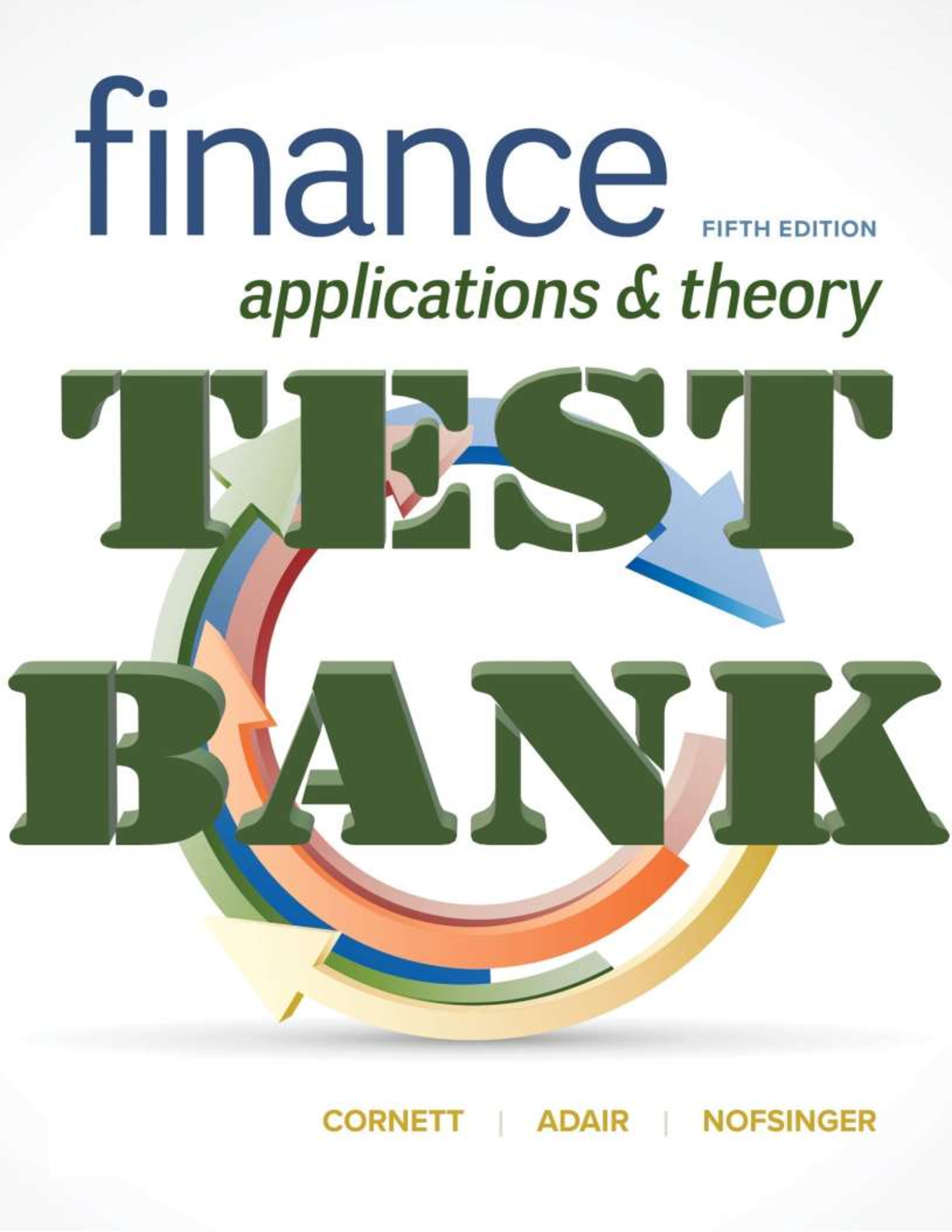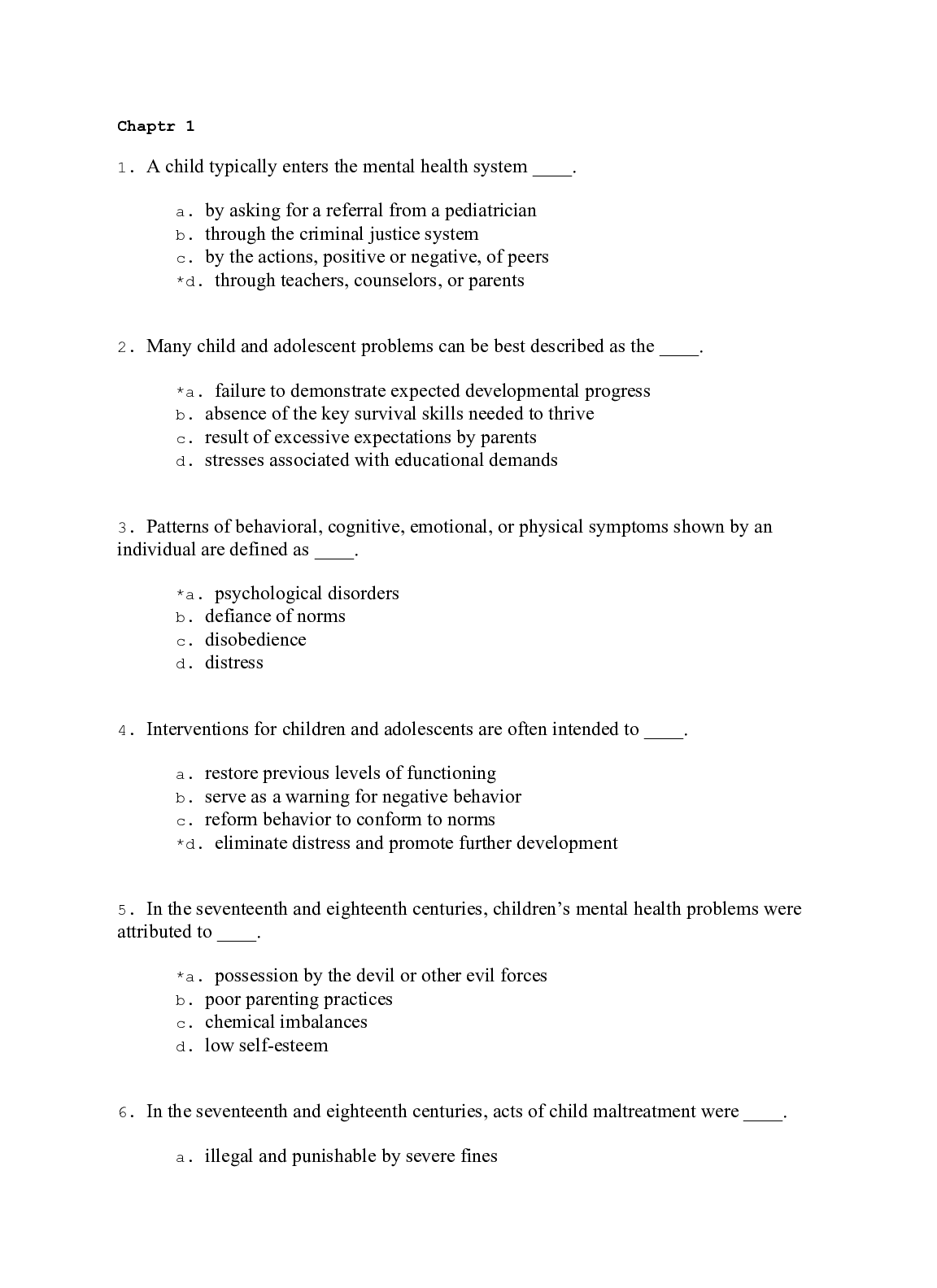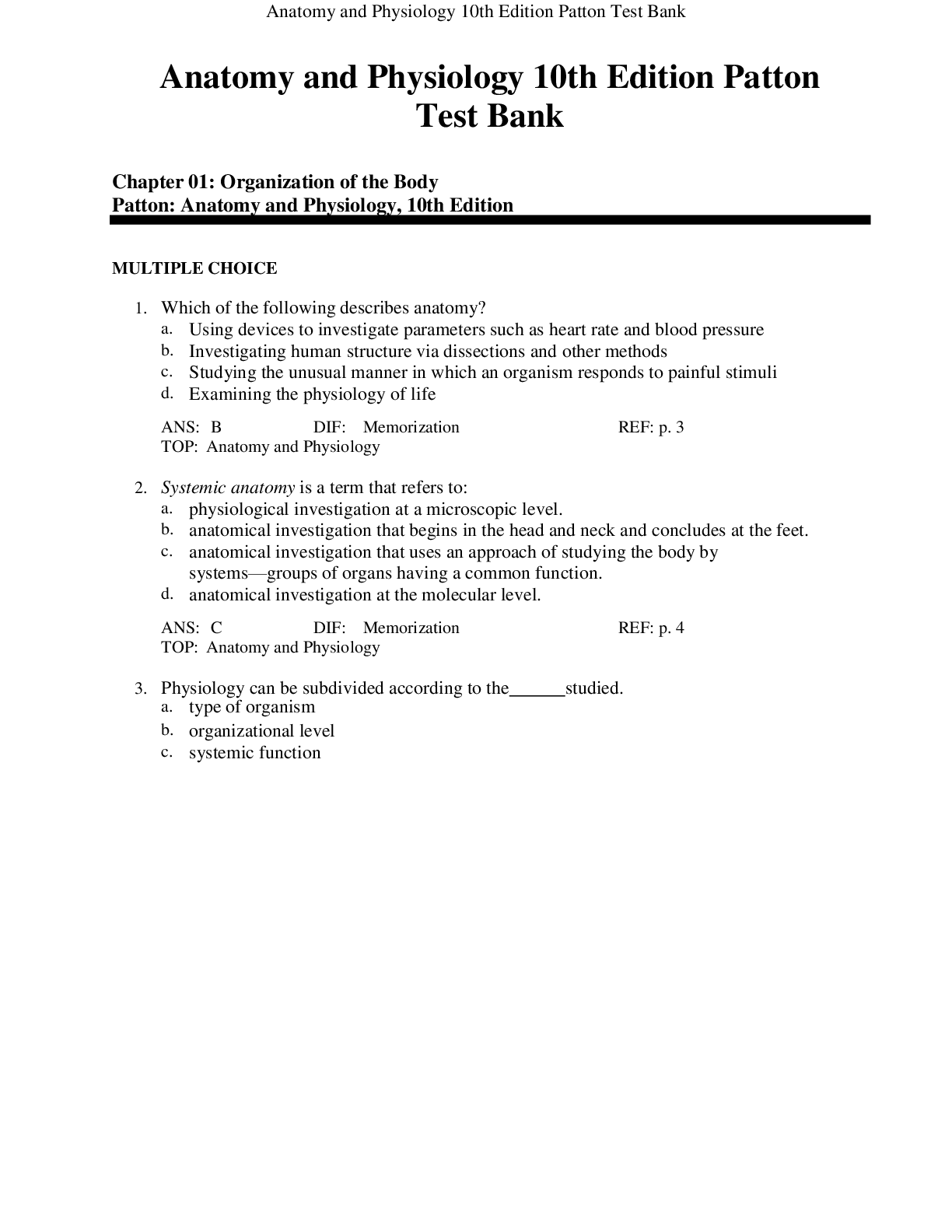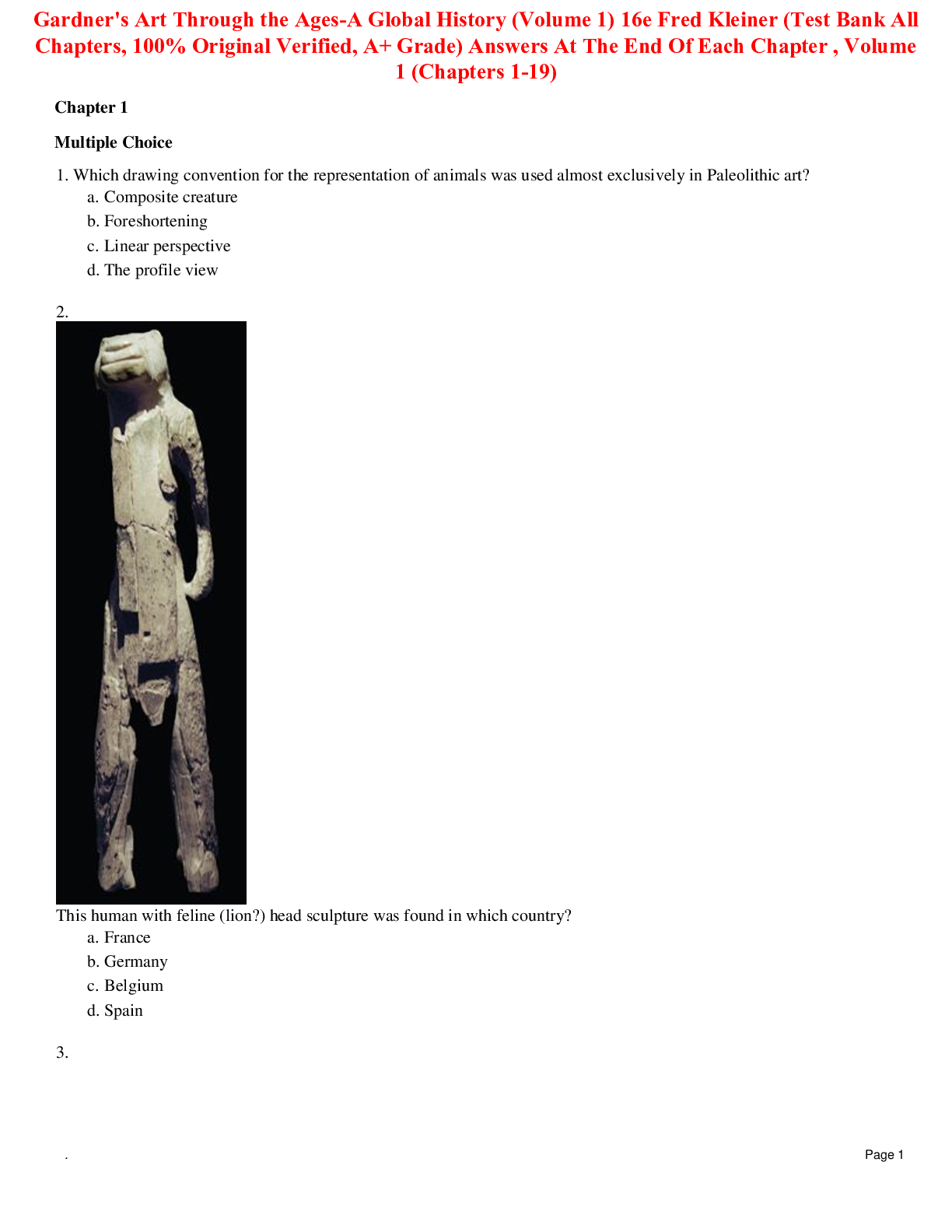TEST BANK CHAPTER 18- DISORDERS OF BLOOD FLOW AND BLOOD PRESSURE
Document Content and Description Below
1.A client asks, “Why do I have clogged arteries but my neighbor has higher 'bad cholesterol' levels and yet he is just fine?” The health care provider bases the reply on which of the following ... physiological principles about lipoprotein? A) “Your neighbor probably has higher amounts of good cholesterol (HDL) as well.” B) “You more than likely have small, dense type of 'bad cholesterol' (LDL).” C) “Your neighbor has larger 'bad cholesterol' particles that can move into blood vessels but park in joints/tendons.” D) “You must have a genetic predisposition to having clogged arteries.” Ans: B Feedback: There are different types of LDL, and some people with markedly elevated LDL do not develop atherosclerotic vascular disease, whereas other people with only modest elevations in LDL develop severe disease. Small, dense LDL is more toxic or atherogenic to the endothelium than large, buoyant LDL. It is more likely to enter the vessel wall, become oxidized, and trigger the atherosclerotic process. 2.Which of the following would be considered a major cause of secondary hyperlipoproteinemia since it increases the production of VLDL and conversion to LDL? A) High-calorie diet B) Diabetes mellitus C) Bile-binding resin D) Cholesterol ingestion Ans: A Feedback: Obesity with high-calorie intake increases the production of VLDL, with triglyceride elevation and high conversion of VLDL to LDL. Excessive cholesterol intake reduces formation of LDL receptors. Diabetes is associated with high triglycerides and minimal elevation of LDL. Bile salt–binding resin is one treatment used to lower cholesterol levels. 3.Which elevated serum marker for systemic inflammation is now considered a major risk factor for atherosclerosis and vascular disease? A) Leukocytosis B) Homocysteine C) Serum lipoprotein D) C-reactive protein Ans: D Feedback: CRP is an acute-phase reactant synthesized in the liver that is a marker for systemic inflammation. A number of population-based studies have demonstrated that baseline CRP levels can predict future cardiovascular events among apparently healthy individuals. High-sensitivity CRP (hs-CRP) may be a better predictor of cardiovascular risk than lipid measurement alone. Homocysteine and serum lipoprotein are also serum markers, but they do not identify inflammation. Leukocytosis is an indicator of infection Page 1 TEST BANK CHAPTER 18- DISORDERS OF BLOOD FLOW AND BLOOD PRESSURE rather than inflammation alone. 4.The most important complication of atherosclerosis that may cause occlusion of small heart vessels is: A) Ulceration B) Thrombosis C) Fatty streaks D) Fibrous plaque Ans: B Feedback: Thrombus formations on complicated atherosclerotic lesions are the result of sluggish blood flow and turbulence in the ulcerated plaque region. Fatty streaks are preatherosclerotic plaque changes in vessels. Fibrous plaque is part of the atherosclerosis formation, not a complication of it. 5.In addition to direct invasion of the vascular wall by an infectious agent, this pathogenic mechanism is a common cause of vasculitis? A) Necrotizing granulomatous B) Tissue necrosis C) Mononuclear cells D) Immune-mediated inflammation Ans: D Feedback: The two most common pathogenic mechanisms of vasculitis are direct invasion of the vascular wall by an infectious agent and immune-mediated inflammation. The most common mechanisms that initiate noninfectious vasculitis are pathological immune responses that result in endothelial activation, with subsequent vessel obstruction, and ischemia of the dependent tissue. In almost all forms of vasculitis, the triggering event initiating and driving the inflammatory process is unknown. Medium-size vessel vasculitides produce necrotic tissue damage. Large-vessel vasculitides involve mononuclear cells. Wegener granulomatosis is characterized by a triad of acute necrotizing granulomatous lesions of the upper respiratory tract (ear, nose, sinuses, and throat), necrotizing vasculitis of the affected small- to medium-sized vessels of the lungs and respiratory airways, and renal disease in the form of focal necrotizing glomerulonephritis. 6.Atherosclerotic peripheral vascular disease is symptomatic with at least 50% occlusion. The primary peripheral symptom, due to ischemia, is: A) Edema B) Calf pain C) Varicosities D) Strong pulse Ans: B Page 2 Feedback: The primary symptom of chronic obstructive arterial disease is pain with walking or claudication. Typically, persons with the disorder complain of calf pain because the gastrocnemius muscle has the highest oxygen consumption of any muscle group in the leg during walking. The extremity will be thin, dry (no edema), and have weak lowpressure pulses due to severely reduced blood flow to the distal vessels. 7.A client with a history of disabling claudication now is in the emergency department with a lower limb that is turning dark purple to black associated with faint Doppler pedal pulses. The client will more than likely undergo: A) Surgery to remove the saphenous vein B) Percutaneous transluminal angioplasty and stent placement C) Injection of a potent anticoagulant into lower leg veins D) Whirlpool therapy with tight wrapping of lower legs immediately following Ans: B Feedback: Treatment includes measures directed at protection of the affected tissues and preservation of functional capacity. Percutaneous or surgical intervention is typically reserved for the client with disabling claudication or limb-threatening ischemia. Surgery (i.e., femoropopliteal bypass grafting using a section of the saphenous vein) may be indicated in severe cases. Percutaneous transluminal angioplasty and stent placement, in which a balloon catheter is inserted into the area of stenosis and the balloon inflated to increase vessel diameter, is another form of treatment. 8.A health care provider was asked by a client, “Why do my hands turn blue when I drive my car in the winter without gloves?” Which of the following is the best response? A) “Nothing to worry about. We all develop this as we age.” B) “We better order a CT scan. It might be due to a blood clot in your radial artery.” C) “This sounds like an inflammation in the lining of your veins. You need to take some NSAIDs.” D) “Your arteries in your hands/fingers are going into spasm, which decreases blood flow and circulating oxygen.” Ans: D Feedback: Raynaud disease is caused by vasospasms of small distal arteries; thromboangiitis obliterans is caused by an inflammatory process that affects veins and nerves. 9.Because of its location, the presence of an abdominal aortic aneurysm may first be manifested as: A) Constipation B) Indigestion C) A pulsating mass D) Midabdominal pain Page 3 Ans: C Feedback: An abdominal aortic aneurysm may be noticed as a pulsating mass when the client is lying flat, once the aneurysm is rather large already. Although there may be pressure on the abdominal organs by the mass, it is not associated with constipation or indigestion. Severe midabdominal pain is a late sign of impending rupture. 10.While lecturing on blood pressure, the nurse will emphasize that the body maintains its blood pressure by adjusting the cardiac output to compensate for changes in which of the following physiologic processes? A) Peripheral vascular resistance B) Electrical impulses in the heart C) Release of stress hormones D) Rigidity of the ventricular walls Ans: A Feedback: The systolic and diastolic components of blood pressure are determined by cardiac output and total peripheral vascular resistance and can be expressed as the product of the two (blood pressure = cardiac output × total peripheral resistance). The body maintains its blood pressure by adjusting the cardiac output to compensate for changes in peripheral vascular resistance, and it changes the peripheral vascular resistance to compensate for changes in cardiac output. Electrical impulses from the SA node regulate heart rate. Release of stress hormones and rigidity of the ventricular walls do not primarily influence BP; however, they may impact this secondarily. 11.A client asks why his blood pressure pills seem to make him go to the bathroom to urinate frequently when they are not water pills (diuretics). Which of the following physiologic processes explains the long-term regulation of blood pressure most accurately? A) Actions of the renin–angiotensin–aldosterone system B) Release of antidiuretic hormone (vasopressin) by the posterior pituitary C) Renal monitoring and adjustment of extracellular fluid volume D) Integration and modulation of the autonomic nervous system (ANS) Ans: C Feedback: Long-term maintenance and control of blood pressure is accomplished primarily through the renal control of fluid balance. These mechanisms function largely by regulating the blood pressure around an equilibrium point, which represents the normal pressure for a given individual. Accordingly, when the body contains too much extracellular fluid, the arterial pressure rises and the rate at which water and sodium are excreted by the kidney is increased. When blood pressure returns to its equilibrium point, water and sodium excretion returns to normal. Hormonal influences, such as those of ADH and the RAA system, and neural controls are utilized in the shorter-term control of blood pressure [Show More]
Last updated: 1 year ago
Preview 1 out of 10 pages
 (1).png)
Reviews( 0 )
Document information
Connected school, study & course
About the document
Uploaded On
May 12, 2022
Number of pages
10
Written in
Additional information
This document has been written for:
Uploaded
May 12, 2022
Downloads
0
Views
39


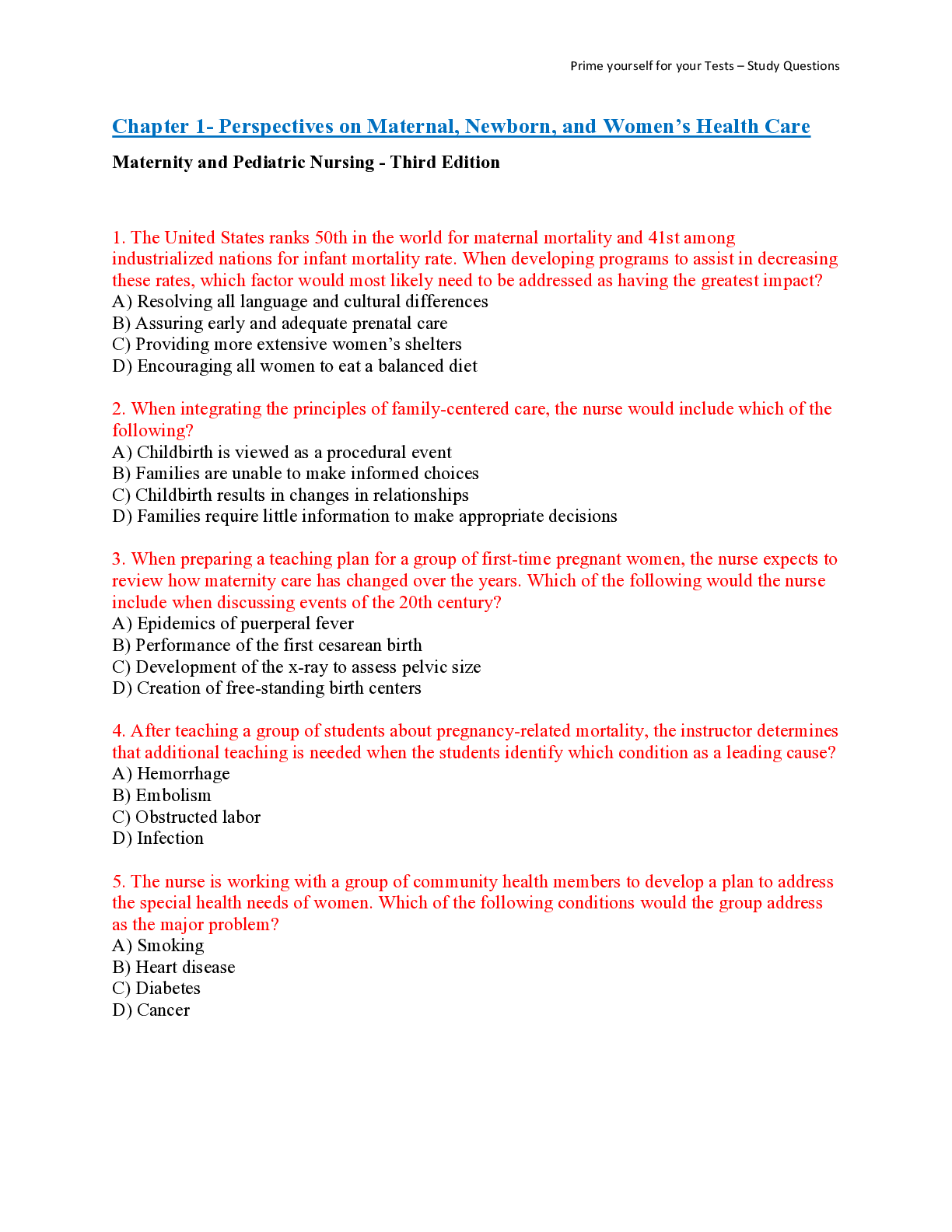
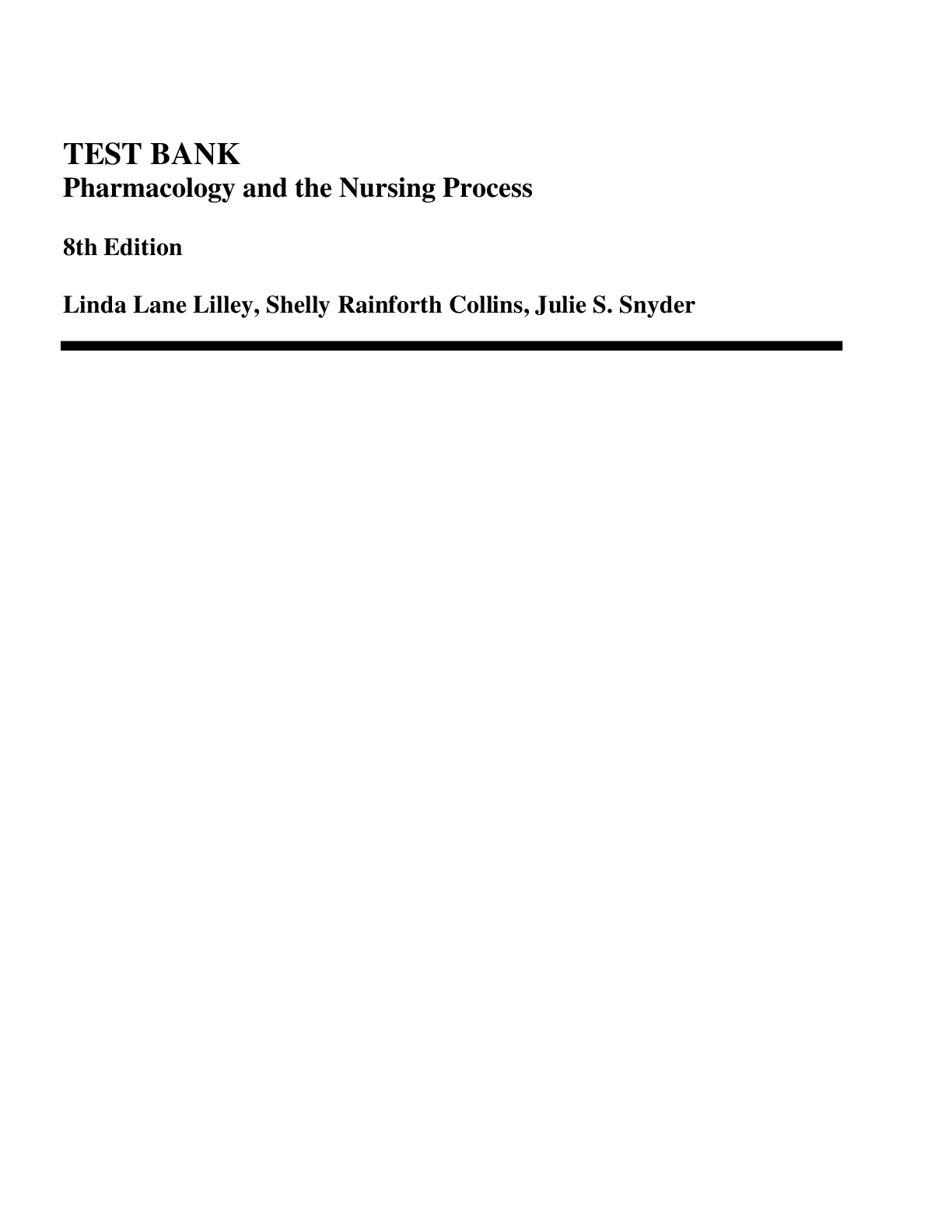
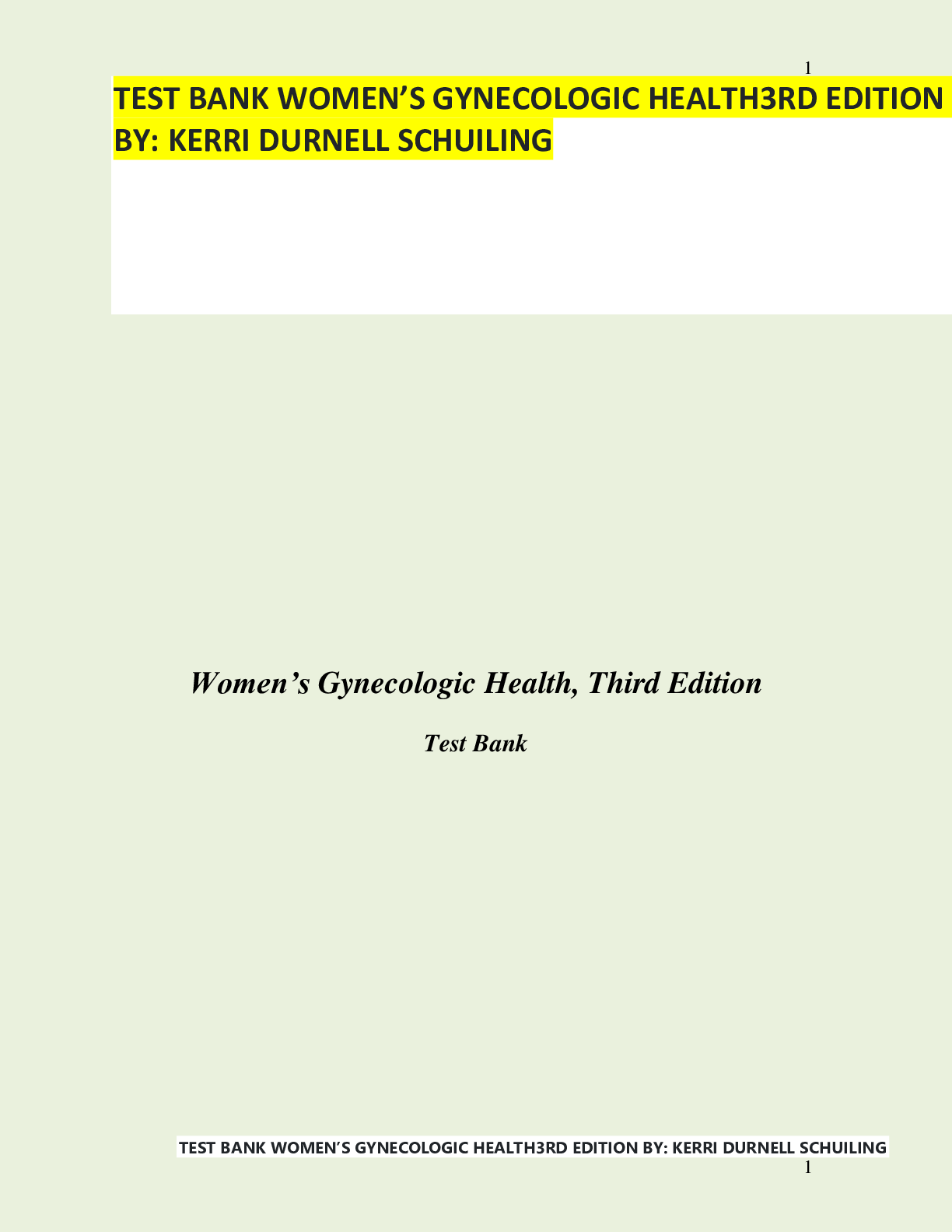

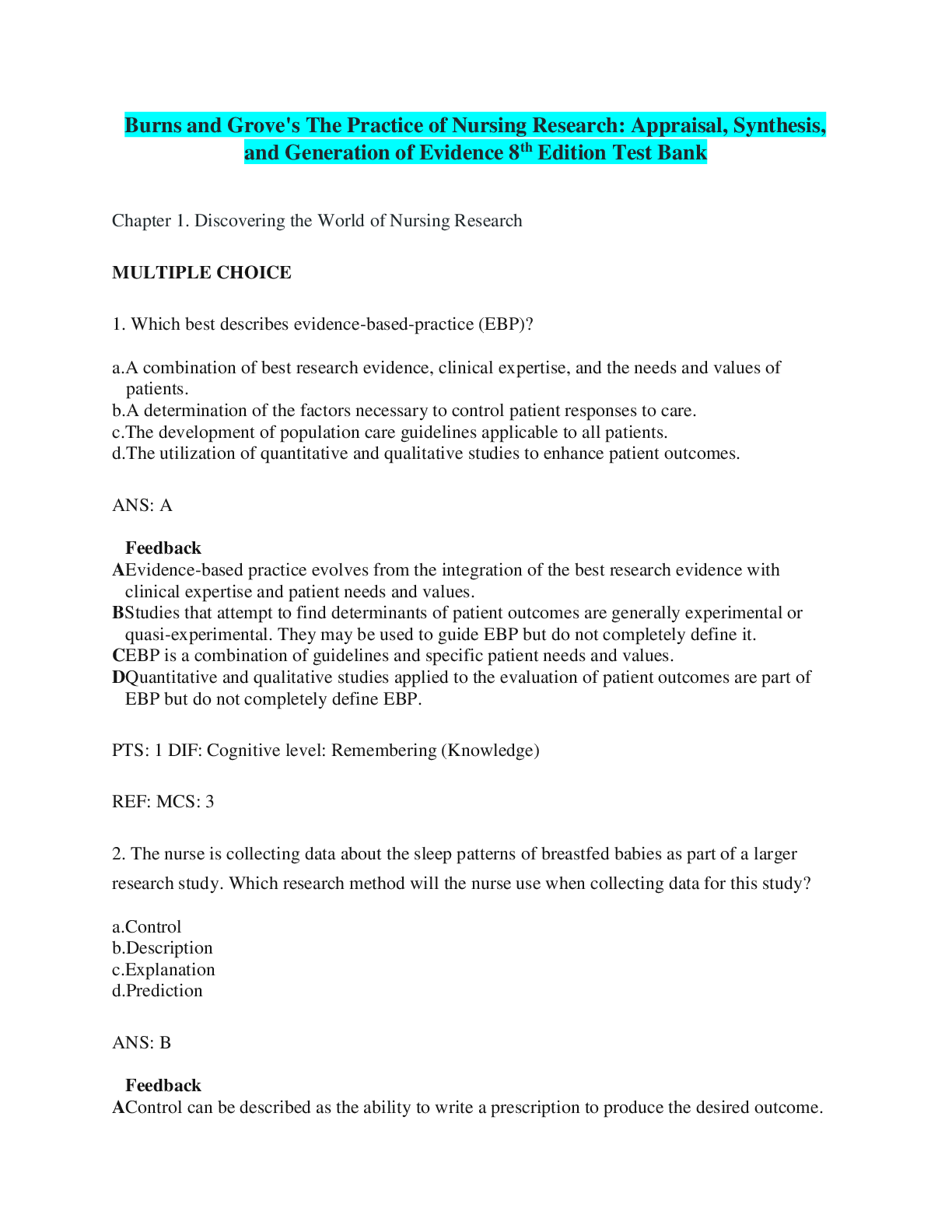

_compressed.png)
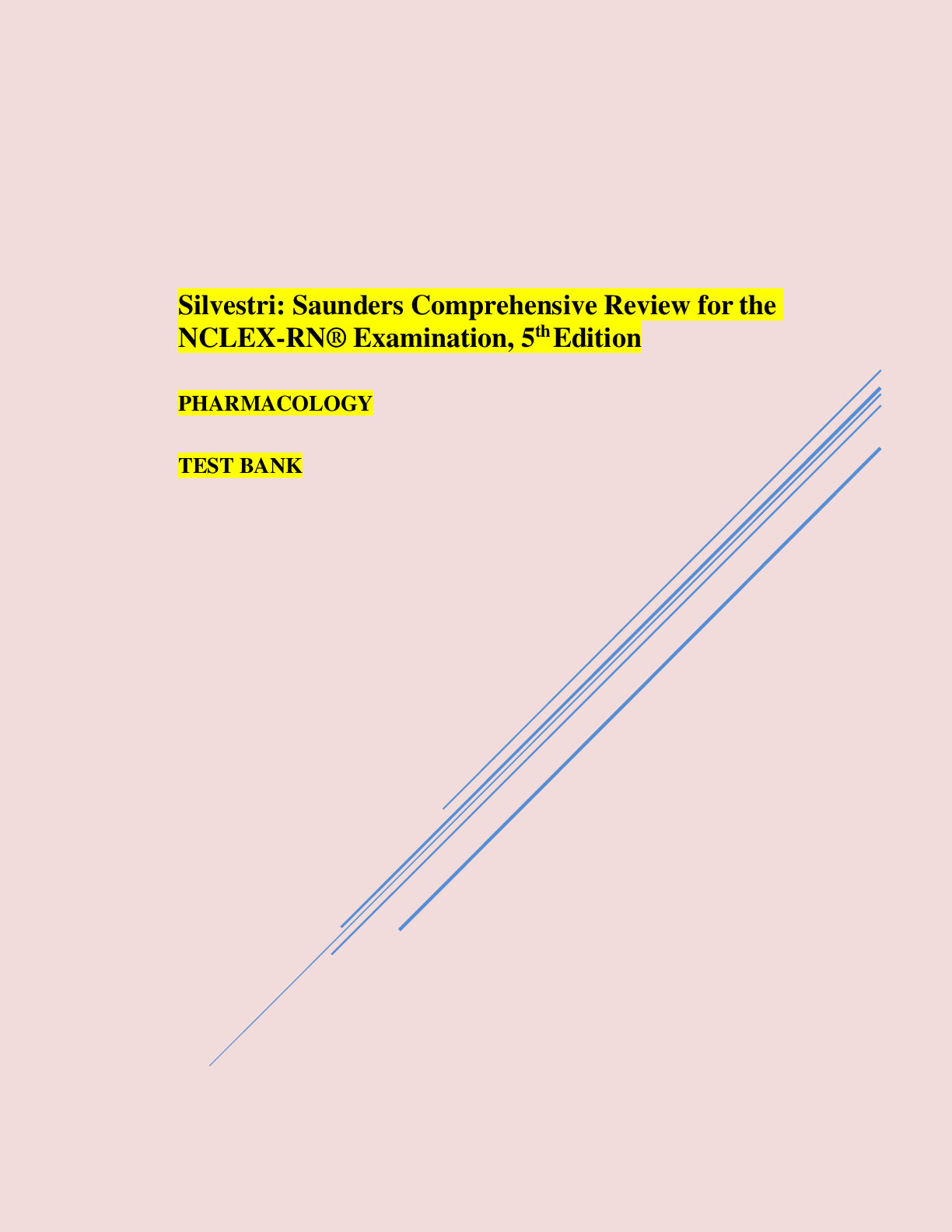

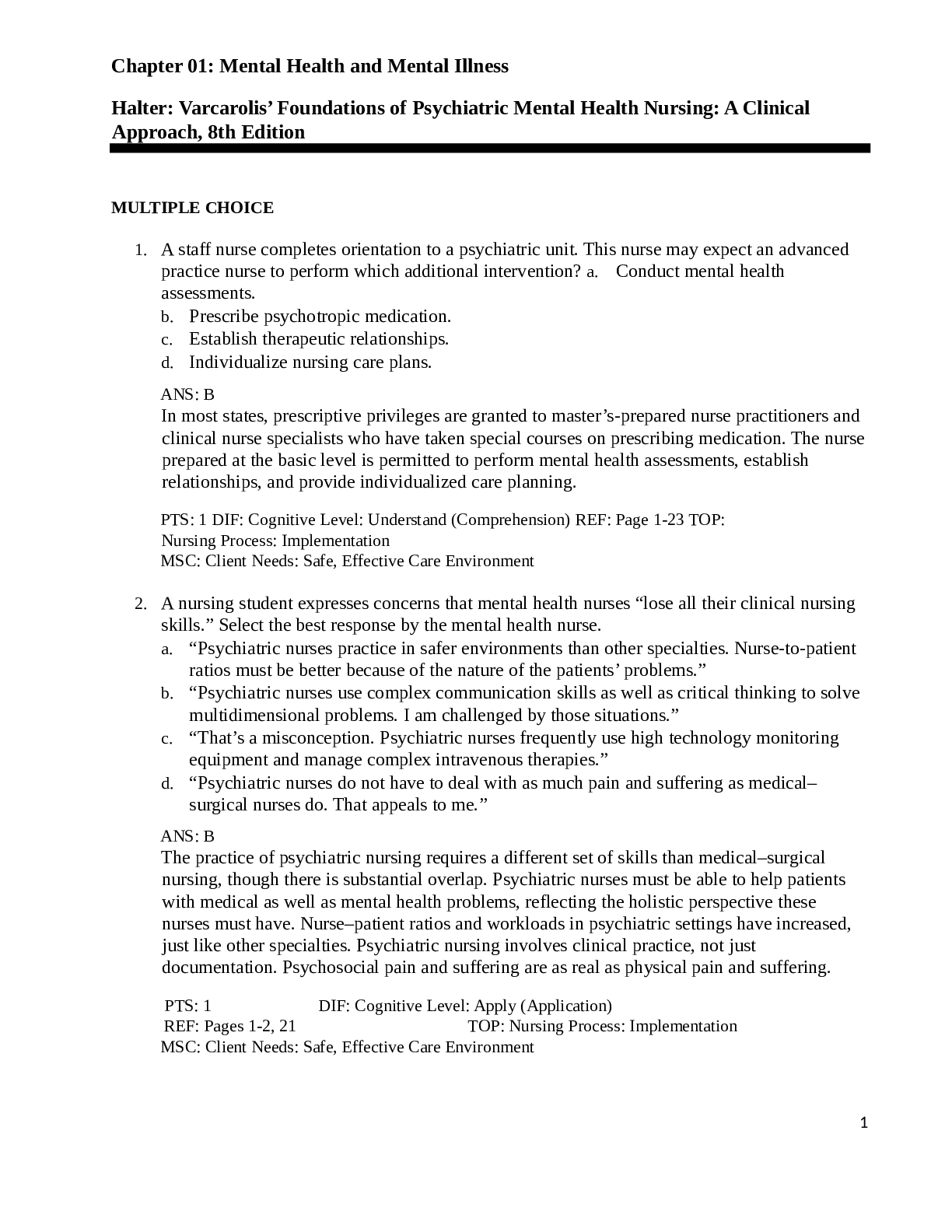
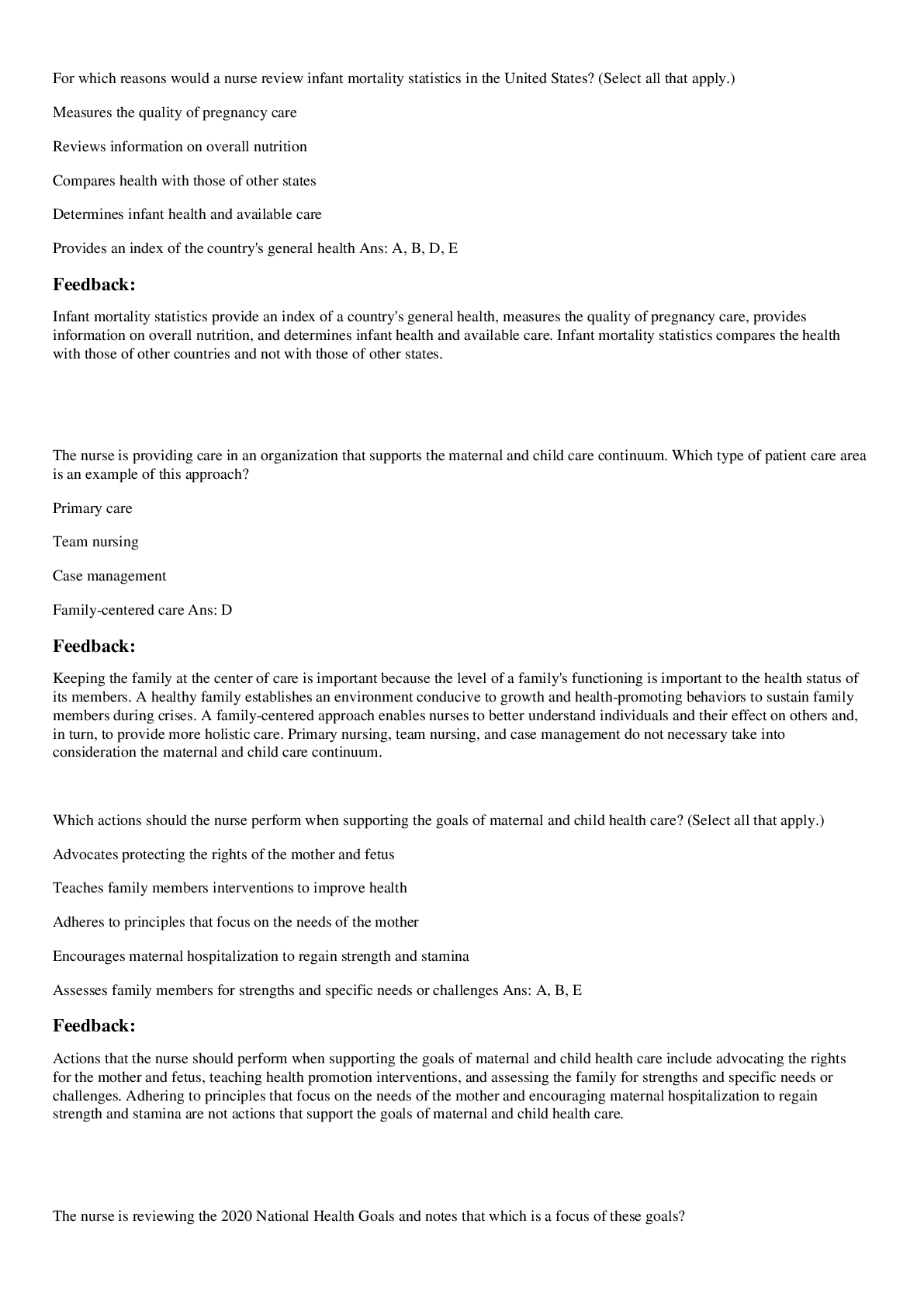
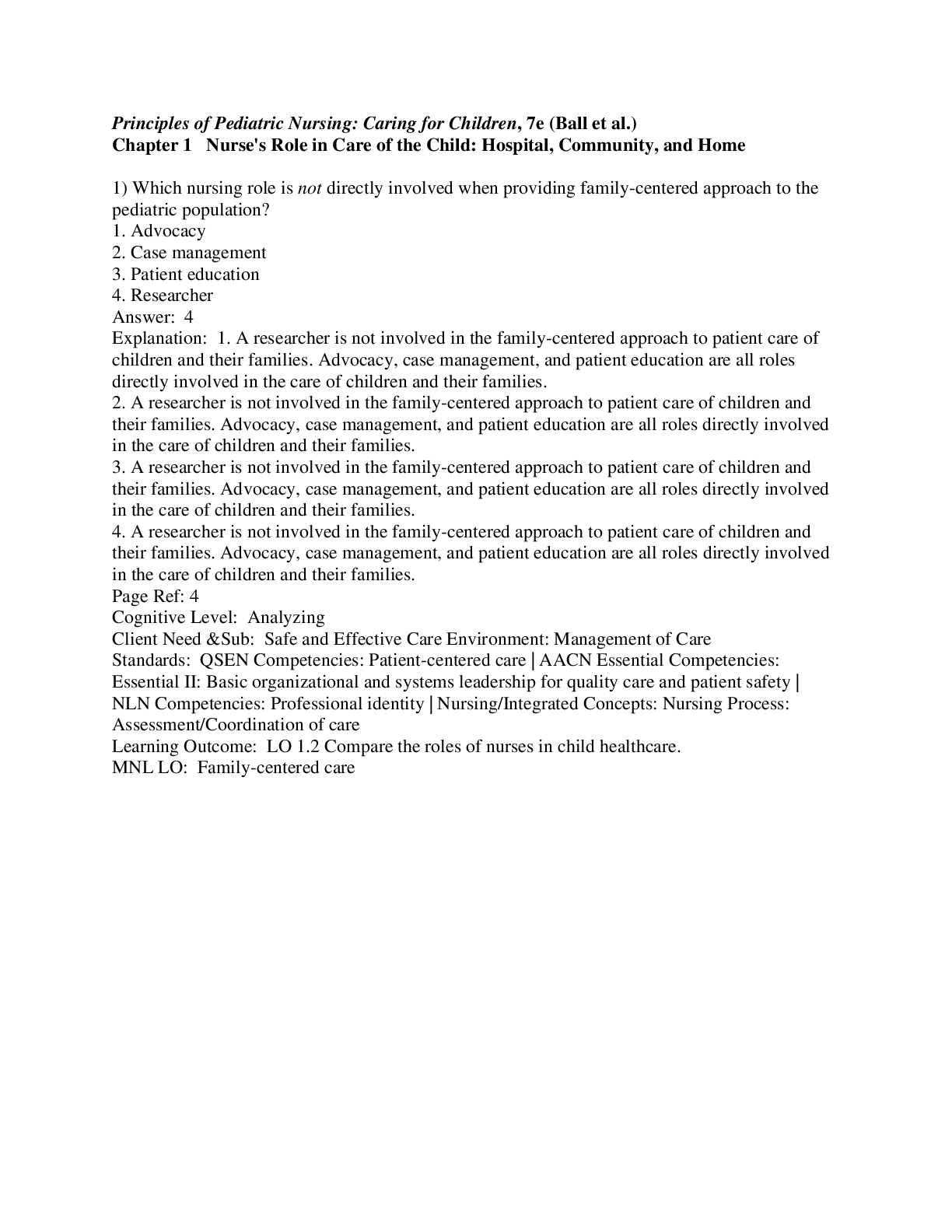
_compressed.png)
 (1).png)


